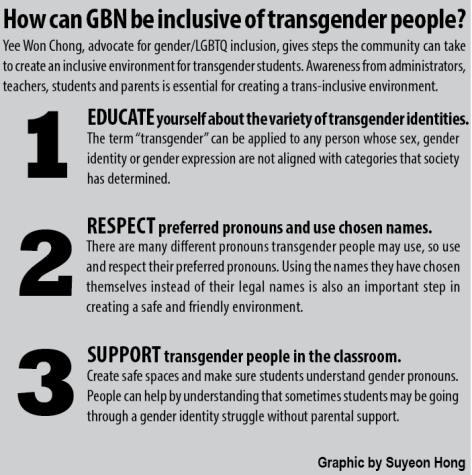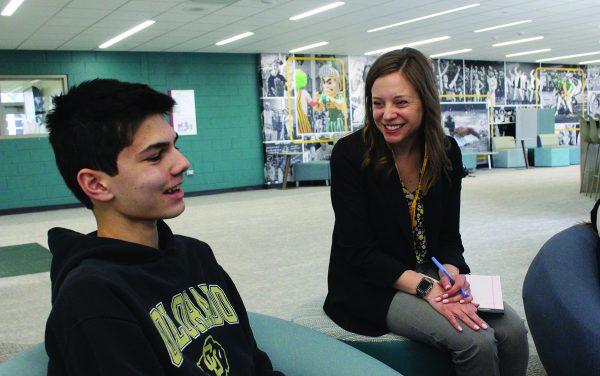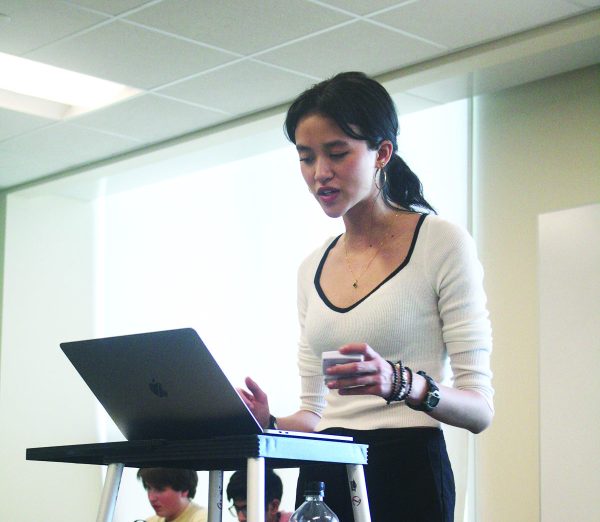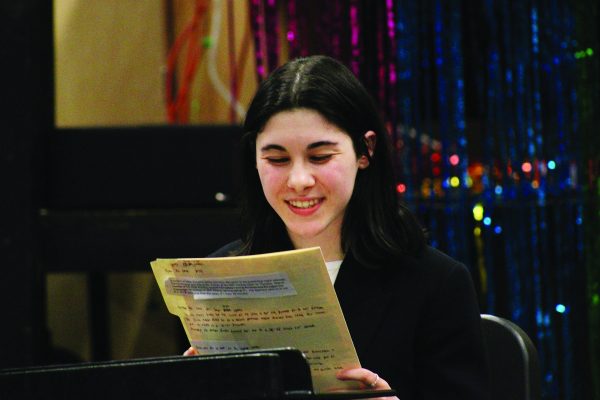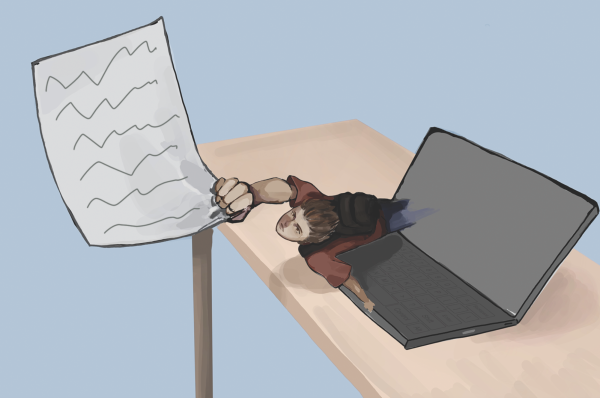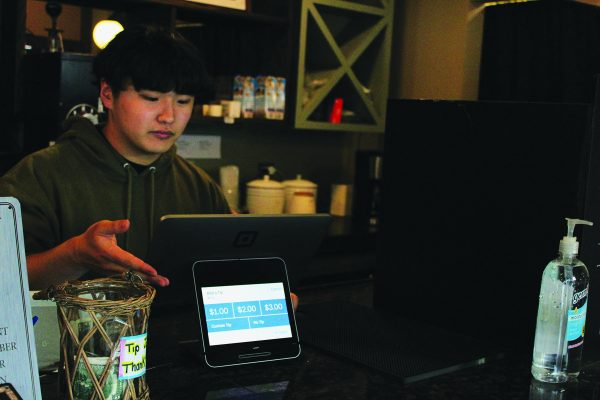Initiatives focus on inclusivity for students
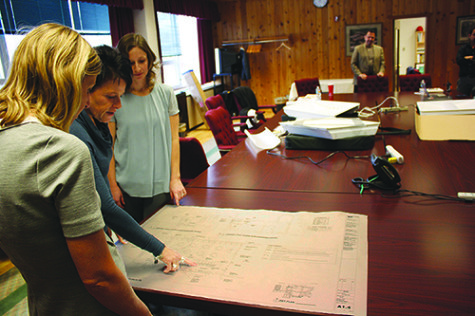
After mulling over the facilities Glenbrook North and Glenbrook South offer students, Superintendent Mike Riggle saw one aspect not matching the message he wanted District 225 sending to its students and community.
“Our responsibility is to make sure that [students’, including transgender students’] school environment is safe, and it’s one in which they feel accepted and wanted, in which they feel they can be learning to meet their best potential,” Riggle said.
In a step toward creating this environment, Riggle said he pushed for a project to construct private changing stalls closed off with a curtain in the girls and boys locker rooms, aiming to make all students comfortable while changing. A similar initiative for this environment has been taken by seniors Ari Katz and Ilana Schreiber in planning a unisex bathroom at GBN available for students to use.
“[The student body is] in a variety of developmental phases,” said Riggle. “Not everyone is in the same place all the time. There could be a variety of reasons why someone says, ‘I prefer not to really have to dress in public. I would like some privacy.’”
Regarding transgender students, Riggle said the private changing stalls can act as one of many options during physical education or a sports season.
“We want to stay flexible and make sure that we’re trying to meet the individual needs and desires of the student, and so that we can make them feel as comfortable as possible,” Riggle said.
With construction for the project scheduled to start in the summer of 2016 and awaiting financial approval from the Board of Education, Riggle said the private changing stalls are not a reaction to recent conflicts of other schools’ actions toward transgender students and are instead a precaution and an honest effort to give students “what they’ve needed for a while.”
“As the years go by, people change in terms of their attitude,” said Riggle. “Your facility needs to reflect what you’re trying to provide people.”
Katz and Schreiber said they wanted to provide transgender students with a safer setting as they sought after the successful change of a staff bathroom to a unisex bathroom. Made effective in January, the bathroom is near the SAC and open to all students.
Schreiber said she wanted a unisex bathroom because a “level of acceptance” needs to be there for everyone, not just people who fit into the traditional gender binary. Noticing the “dangers” bathrooms can pose, she said transgender students may not feel comfortable if their physical characteristics do not match the gender the student identifies as.
Katz said a transgender student using the bathroom in the nurse’s office alienates the student, whereas using the bathroom of the gender by which the student identifies can act as a source of conflict if other students feel uncomfortable. She encourages its use by all students because the more normalized the bathroom gets, the less likely a student will be singled out for using it.
Katz said she chose to start the initiative for the unisex bathroom because she feared a transgender student initiating this change in the future for their own use could subject them to ridicule or scrutinizing attention.
“I wouldn’t want anyone else to have to go through trying to change it and making a big effort when I can do it now to help someone,” Katz said.
Yee Won Chong, advocate for gender/LGBTQ inclusion and speaker of the TED talk, “Beyond the Gender Binary,” said creating a comfortable environment for “different expressions of people” should involve early action.
“You might already have a student who is so closeted and hiding themselves, and that has a lot of detrimental effects to the person,” said Chong.“They feel so unsafe that maybe they are not talking about it. So, you don’t wait until you have an open transgender person to create a friendly environment. You start now.”
Katz said she believes the private changing stalls and unisex bathroom will work in conjunction to send the message of inclusivity she intended when first proposing this change.
“People will know that GBN is a more inclusive space for anyone and that we’re a community that’s open to making changes to better the community,” Katz said.
